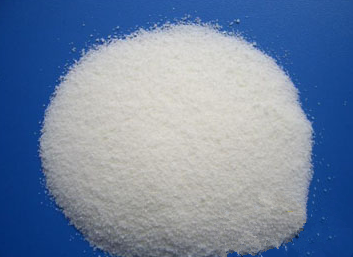A year ago, the United Nations set two ambitious public health goals: to reduce global maternal mortality to 7/10,000 by 2030, ending preventable deaths for children under five and newborns. The above two health goals are part of the United Nations Sustainable Development Goals. Experts believe that these goals can be achieved if they can develop and distribute some of the necessary equipment and drugs and provide the appropriate services. The US-based international non-profit organization, Program for Appropriate Technology in Health (PATH), was established in 1977 to improve the world's health. PATH improves the health of people around the world by improving science and technology, improving the system, and encouraging healthy behavior. Its operations range from vaccine development to maternal and child health, reproductive health and infectious disease control. PATH works with partners to provide appropriate health technologies and important strategies to change the way people think and act. PATH has screened 11 innovative technologies that it believes will ensure the UN achieves its milestone health development goals. When it comes to innovative technologies, especially in the life sciences field where innovation is bursting out, what is often emerging in our minds is the new therapies related to the gene editing technology, tumor immunotherapy and so on. PATH Chief Strategy Officer Amie Batson pointed out that the innovative technologies referred to here do not always mean new products, but products that are used for disease treatment prevention and care to improve people's ability to pay, acquire and improve their effectiveness. Some of the innovative technologies mentioned below may seem simple, but they may save millions. PATH mathematically models the impact of 11 innovative technologies in 24 priority countries designated by the US National Development Agency: If all innovative technologies can be scaled up as planned, then from now until 2030 These 11 innovative technologies will save 6 million people. 1. Develop new forms of oxytocin Batson said: "Every year, thousands of women die from complications of pregnancy and childbirth, and many die from severe postpartum hemorrhage." Oxytocin helps control postpartum hemorrhage, but many women in remote areas do not have access to oxytocin. The drug, because it must be injected by a professional health worker, and must be stored at low temperatures. New oxytocin drugs are currently under development and will not require skilled personnel to operate or require cryopreservation. The PATH expects that a thermostable form of oxytocin that does not require injection needles will be launched in 2022, which will save many pregnant women in resource-poor areas. 2, distribution of complete sets of components, making cheap uterine balloon filling In developed countries when women have uncontrolled postpartum hemorrhage, nurses and doctors use a device called uterine balloon packing. This device is essentially a small balloon that exerts pressure on the wall of the uterus to reduce bleeding. According to its principle, the condom is tied to the catheter and flushed into clean water to expand, so that a cheap version of the uterine balloon can be created. Studies have shown that this device can deliver 80% of the effect on women who do not respond to medication. The cheap version of the uterine balloon is easy to fill, and if the kit is properly distributed, this innovative technology can be launched immediately.
L-Ascorbic Acid, also known as Vitamin C, is a six-carbon lactone produced by plants and some animal species but not by humans and other primates. Ascorbic acid functions as an enzymatic cofactor for multiple enzymes, serving as an electron donor for monooxygenases and dioxygenases.
Application:
1. Antiscorbutic, antiviral
L-Ascorbic Acid,Vitamin C 50-81-7,Ascorbic Acid Shandong Tiancheng Chemical Co., Ltd. , https://www.tianchengchemical.com![[Inventory] These eleven innovative medical technologies may save millions of lives](http://i.bosscdn.com/blog/20/16/10/28024116852.jpg)

2. Analgesic, antipyretic
3. Physiological antioxidant. Coenzyme for a number of hydroxylation reactions; required for collagen synthesis. Widely distributed in plants and animals. Inadequate intake results in deficiency syndromes such as scurvy. Used as antimicrobial and antioxidant in foodstuffs.
[Inventory] These eleven innovative medical technologies may save millions of lives